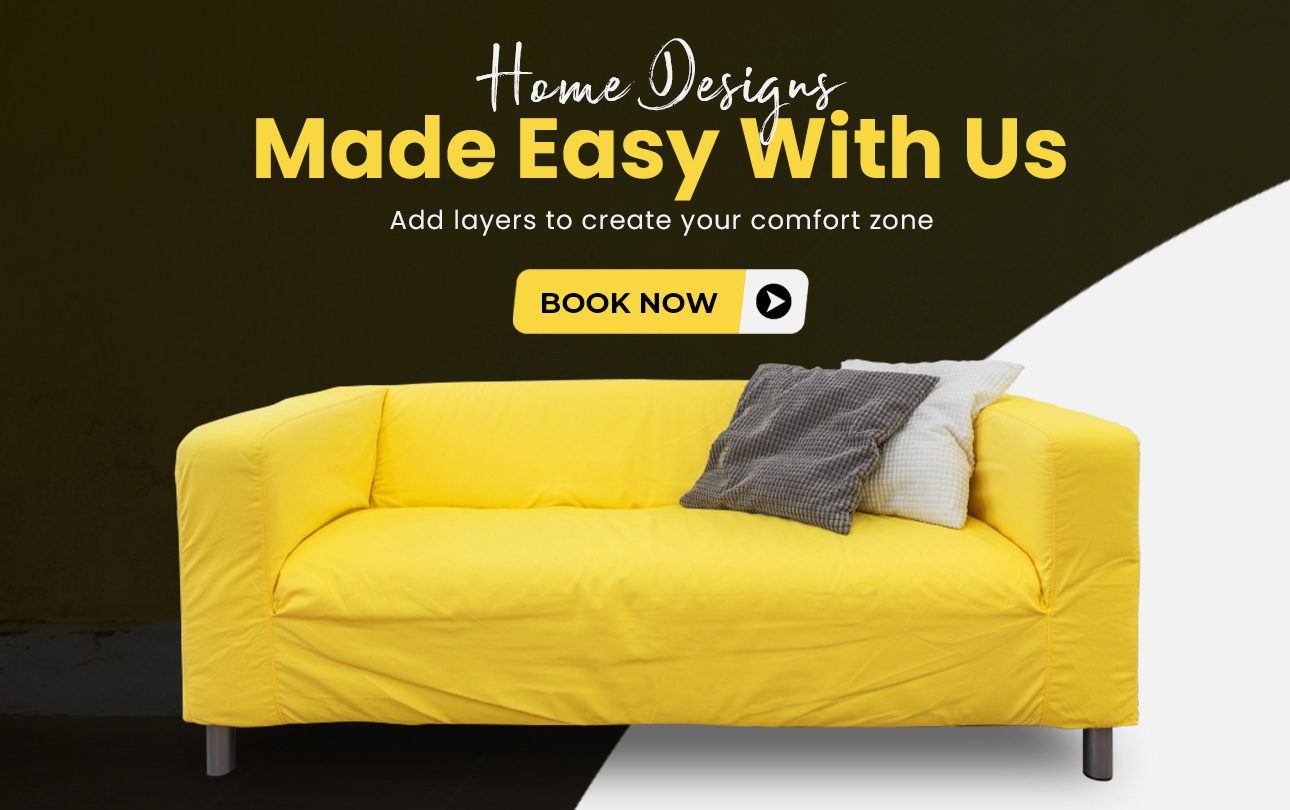The glow of my phone screen was a cruel irony, illuminating my bedroom at 3 AM. Like many of you, I spent years battling the nightly trifecta of stress, restlessness, and the resulting poor sleep. My bedroom, I finally realized, was less of a sanctuary and more of a staging ground for morning anxiety. That realization sparked a personal mission: to test the power of minor home design stress reduction tweaks. I’m here to share my journey—and the science—that proves you don’t need a massive renovation to reclaim your rest.
My Personal Revelation: The Relationship Between Home Design Stress Reduction and Rest
I used to believe that managing stress and achieving quality sleep were entirely internal battles. Then I read a review from a sleep expert that shifted my perspective: our environment is a powerful, often overlooked, wellness tool. My own success story started with a single, simple change: moving my desk, a symbol of my workday, out of the bedroom.
The immediate effect was profound. Previously, every time I saw that stack of files, my mind would instantly trigger a stress response. Suddenly, the room felt lighter. This minor spatial adjustment was my first taste of effective home design stress reduction. It underscored a fundamental truth: small home design ideas have an outsized impact on our psychological state. For me, it was the tangible separation between “work” and “rest.”

Simple Adjustments: How Sleep-Friendly Bedroom Design Promotes Better Sleep
My next step was to analyze my bedroom as a sleep laboratory. I learned that the secret to how to improve sleep with home design isn’t about expensive furniture; it’s about optimizing the sensory experience.
For instance, I was skeptical about blackout curtains. After installing them (a $40 tweak!), I experienced a dramatic drop in late-night wake-ups. The science is clear: light suppresses melatonin, the sleep hormone. A truly dark room signals to the brain that it’s time to power down. This simple element of sleep-friendly bedroom design was a game-changer.
Furthermore, I swapped my mismatched, rough throw pillows for layered, ultra-soft textures in soothing colors (a soft linen, a cozy knit). Psychologically, soft textures mimic comfort and safety, reducing the fight-or-flight response. This small investment in stress relief home tweaks transformed the room’s ambiance from stark to serene. Reviews often mention a high-quality bedding investment, but the feel of the room, achieved with soft textiles, is just as crucial for setting a restful tone.
Examples of Effective Tweaks (Tried and True):
- Declutter the Nightstand: Keep only three items max. (Mine are a book, a lamp, and a glass of water.) Clutter equals visual noise.
- Cable Management: Hiding the “snake pit” of chargers under my desk eliminated a surprising source of visual home design stress reduction.
- Warm-Toned Lighting: Swapping bright white bulbs for a warmer, amber tone in the evening helps signal relaxation.
The Science Behind Stress Relief Home Tweaks and Actionable Design Recommendations
The body’s response to its environment is rooted in our biology. Cortisol, the stress hormone, is highly sensitive to external factors. Clutter, poor lighting, and jarring colors keep the brain on high alert. To effectively improve sleep with home design, we must focus on calming the nervous system.
Design Recommendations for Enhanced Wellness:
- Embrace Biophilia: Introducing a few low-maintenance indoor plants (like a Snake Plant or Pothos) has been shown to reduce physiological and psychological stress. My Pothos vine, draping over a shelf, is one of my favorite small home design ideas. It brings the calming influence of nature indoors, a proven stress relief home tweak.
- The Power of Color: Studies suggest colors like soft blues, sage greens, and muted grays are universally calming. Repainting my accent wall a tranquil sage (another personal home design stress reduction success) helped anchor the room in peace.
- Aromatherapy Integration: I incorporated a diffuser with lavender essential oil. Scent is a direct route to the limbic system, which controls emotions. This powerful, yet simple, element of sleep-friendly bedroom design instantly signals relaxation.

The Redemption: Key Small Home Design Ideas for Enhanced Rest
My home is now my peaceful redemption. Through intentional, low-cost modifications, I didn’t just redecorate; I redesigned my well-being. The synergy of these small home design ideas—darkness, soft textures, natural elements, and warm light—created a psychological haven.
If you’re struggling with stress or sleepless nights, remember that your environment is the silent partner in your health. Implementing a few sleep-friendly bedroom design changes is the most accessible way to instantly start to improve sleep with home design. Start small—maybe just by decluttering your nightstand—and observe the immediate, profound effects. These simple stress relief home tweaks offer a powerful, immediate solution to the modern epidemic of overstimulation.
Conclusion: Design Your Way to Peace
My journey from a perpetually stressed insomniac to someone who genuinely looks forward to bedtime is proof that our homes hold the blueprint for our well-being. By focusing on intentional, subtle changes—moving a desk, dimming the lights, introducing a plant—I achieved more genuine home design stress reduction than years of expensive supplements ever delivered.
Remember, you have the power to curate your environment. Don’t underestimate how profoundly these small home design ideas can shift your emotional and physical state. If you’re ready to finally achieve true rest and reduce the background hum of daily anxiety, take that first step. Implement just one of these sleep-friendly bedroom design suggestions today. Stop battling stress and sleeplessness, and start designing your way to peace. The transformation is waiting just inside your front door.

I’m a passionate DIY decor specialist with a deep love for transforming spaces into personalized havens. With years of experience in crafting unique home decor, I thrive on creating stylish and budget-friendly solutions that reflect individual tastes.








